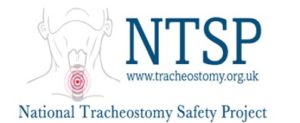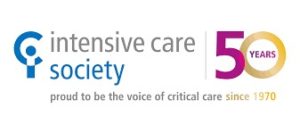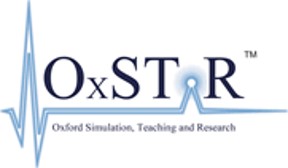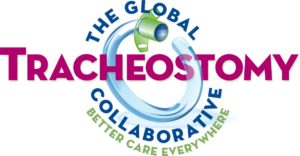Introduction
The aim of the programme is to increase the number of eligible sites (i.e. acute hospitals in England that care for patients with tracheostomies) to adopt three evidence-based tracheostomy safety interventions during the COVID-19 pandemic period.
 With a huge surge in patients becoming critically ill and requiring relatively prolonged mechanical ventilatory support in intensive care units (ICUs), it is likely that an increased number of ICU survivors will need a temporary tracheostomy (estimate 15-20%). These patients may be managed in makeshift ICUs or ward areas, by staff not familiar with the key principles that can keep these complex and vulnerable patients safe.
With a huge surge in patients becoming critically ill and requiring relatively prolonged mechanical ventilatory support in intensive care units (ICUs), it is likely that an increased number of ICU survivors will need a temporary tracheostomy (estimate 15-20%). These patients may be managed in makeshift ICUs or ward areas, by staff not familiar with the key principles that can keep these complex and vulnerable patients safe.
High quality, safe care can be achieved through preparation, planning and education. The programme sets out to rapidly develop the skills and knowledge for bedside staff to deliver safe tracheostomy care everywhere.
Method and data
The three key safety interventions identified to support sites at this critical time are derived from the National Tracheostomy Safety Project:
 · Bedhead signs for patients which include patient-specific key details of the tracheostomy along with the emergency care algorithm
· Bedhead signs for patients which include patient-specific key details of the tracheostomy along with the emergency care algorithm
· Standardised ‘bedside’ tracheostomy emergency equipment
· Standardised tracheostomy care bundle (daily care)
Also important is for sites to consider designated safe cohort wards for tracheostomy patients where the environment allows and for staff who will care for tracheostomy patients to be signposted to resources and training.
Data, based on qualitative questioning of sites, indicates that 78.65%, including the 10 eligible sites in our region, are already using all these interventions, with a further 16.14% using one or more and 5.21% yet to respond.
Resources
An interactive toolkit for healthcare staff has been published by the NTSP in collaboration with the AHSN Network and the National Patient Safety Improvement Programmes in response to the COVID-19 pandemic, to support healthcare staff who are looking after patients with tracheostomies. Access the toolkit here: Safe tracheostomy care toolkit for healthcare staff
The Chartered Institute of Ergonomics and Human Factors(CIEHF) ha s developed a bedside guide for routine tracheostomy care including a set of easy-to-use action cards. This complements the NTSP toolkit.
s developed a bedside guide for routine tracheostomy care including a set of easy-to-use action cards. This complements the NTSP toolkit.
 Multidisciplinary guidance for safe tracheostomy care during the COVID‐19 pandemic: The National Patient Safety Improvement Programme (NatPatSIP) paper accepted for publication in Anaesthesia.
Multidisciplinary guidance for safe tracheostomy care during the COVID‐19 pandemic: The National Patient Safety Improvement Programme (NatPatSIP) paper accepted for publication in Anaesthesia.
A multidisciplinary webinar has been produced in collaboration with the Intensive Care Society “ICS Education: Tracheostomy in the Covid-19 era”.
Our colleagues at OxSTAR (Oxford Simulation, Teaching and Research) have produced a number of short training videos, including closed suction and emergency tracheostomy management for patients with any risk of Covid-19.
As well as linking locally with our partners we are drawing on other relevant networks including the Thames Valley and Wessex Critical Care Network.
Thames Valley and Wessex Critical Care Network.
We are also sharing resources, such as webinars and research papers from around the world via the Global Trachesotomy Collaborative.




